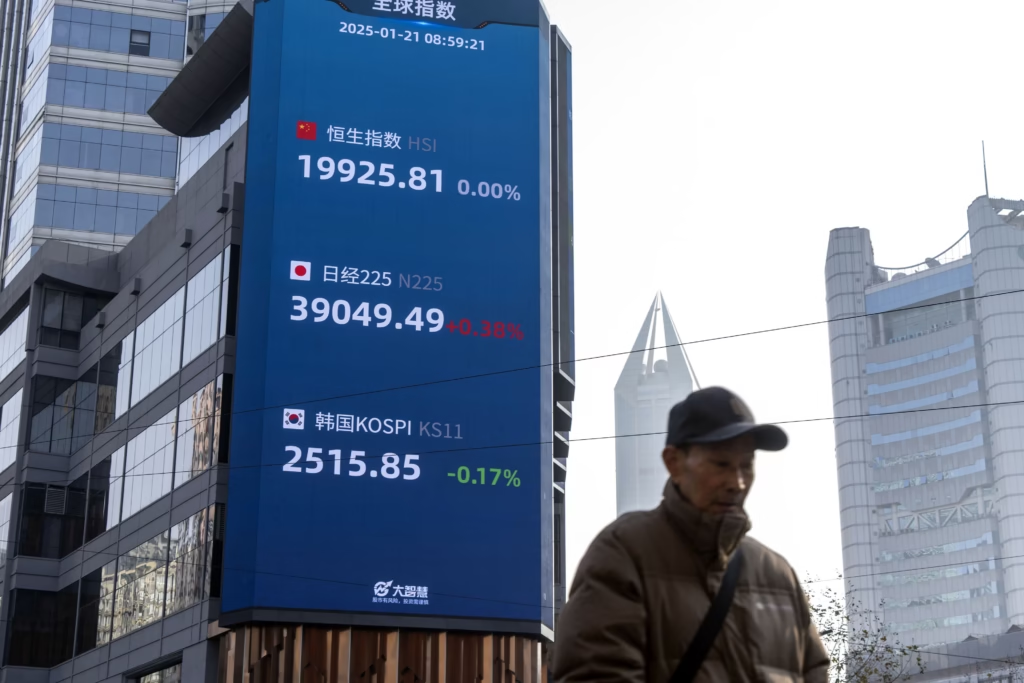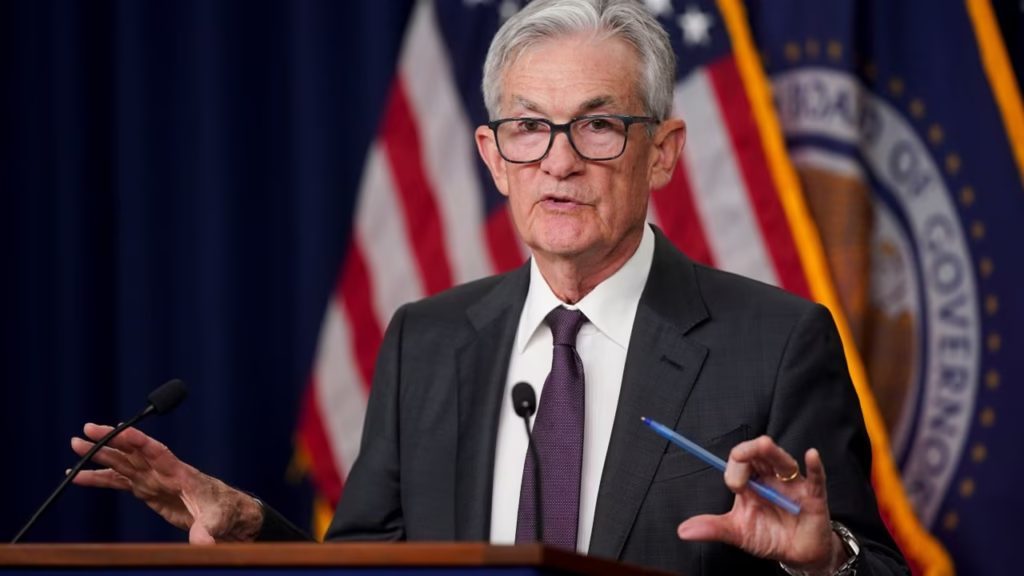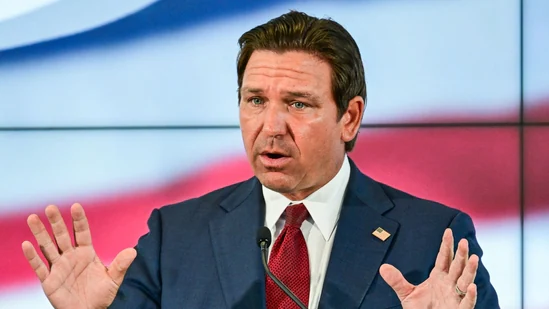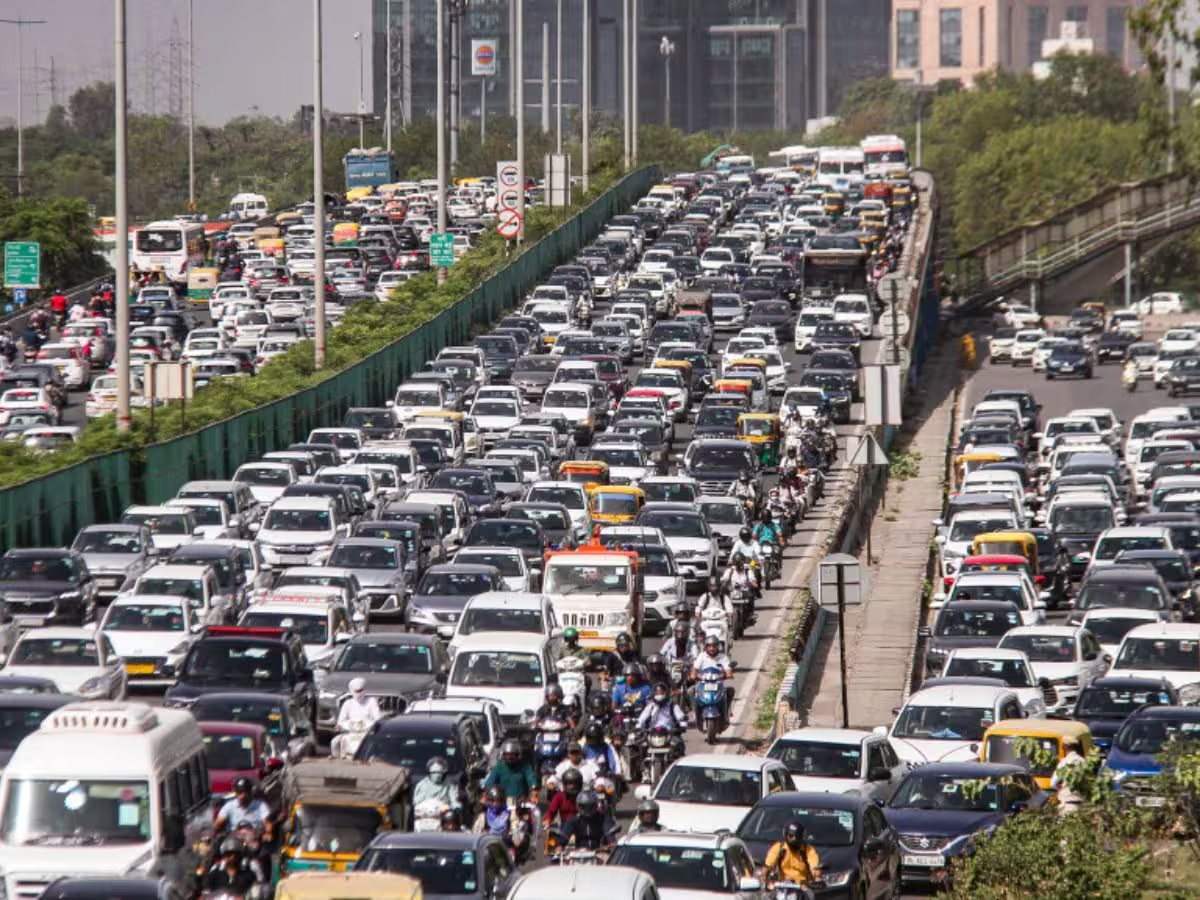Now Reading: Kolhapur Circuit Bench Inaugurated, CJI Pushes for Permanent Status
-
01
Kolhapur Circuit Bench Inaugurated, CJI Pushes for Permanent Status
Kolhapur Circuit Bench Inaugurated, CJI Pushes for Permanent Status

The Bombay High Court’s circuit bench in Kolhapur has finally begun functioning, marking a major step toward bringing justice closer to the people of western Maharashtra. Covering districts like Kolhapur, Sangli, Satara, Solapur, Ratnagiri, and Sindhudurg, the bench is expected to ease the heavy burden on Mumbai while reducing travel time and costs for litigants in the region.
The circuit bench was a long-standing demand of local communities, given that nearly 1.6 crore people across six districts had to travel several hours to Mumbai for hearings. With this new facility, cases can now be heard locally, saving time and money for thousands of families. Division benches will handle writs, appeals, and civil disputes, while single benches will oversee matters like arbitration and company law cases.
During the inauguration, Chief Justice of India Bhushan Gavai stressed that the move primarily benefits the underprivileged who previously faced barriers in accessing justice. He also urged the High Court administration to submit a formal proposal to convert the circuit bench into a permanent bench before his retirement in November, reflecting the judiciary’s intent to strengthen decentralised justice.
The development has been welcomed across western Maharashtra, but it has also reignited debates in other regions. Lawyers in Pune have expressed dissatisfaction, arguing that their city deserves a circuit bench due to its growing population, rising number of cases, and strong legal infrastructure. For now, the focus remains on ensuring smooth functioning of the Kolhapur bench and addressing the backlog of cases.
For Tier 2 cities and smaller towns, this change is transformative. Easier access to justice means reduced expenses, faster resolutions, and more confidence in the system. For rural and border districts, it signals that the judiciary is finally paying attention to areas beyond the metro hubs.
The Kolhapur bench may be temporary for now, but the momentum suggests a shift toward long-term decentralisation of the legal system. If made permanent, it could serve as a model for how justice delivery can be extended to underserved regions, balancing the scales for citizens who need it most.

























